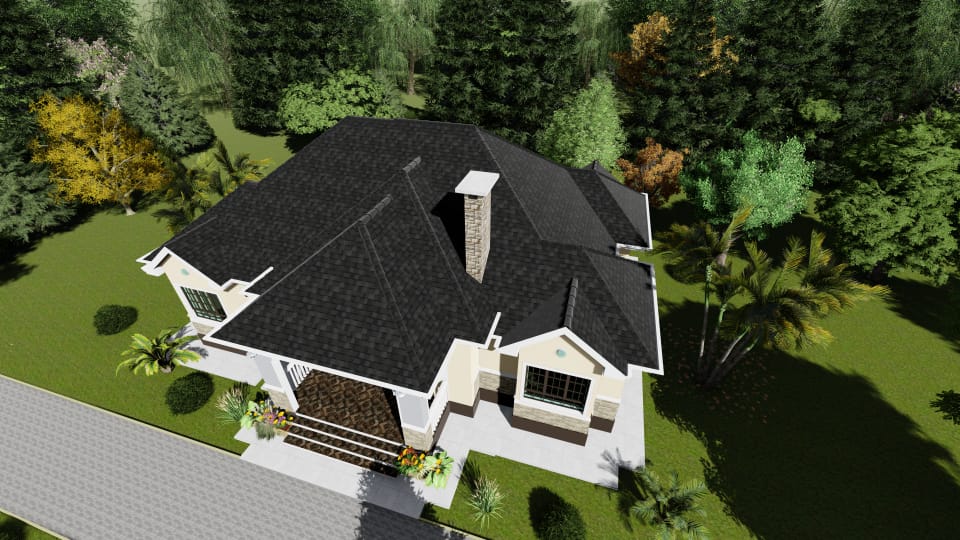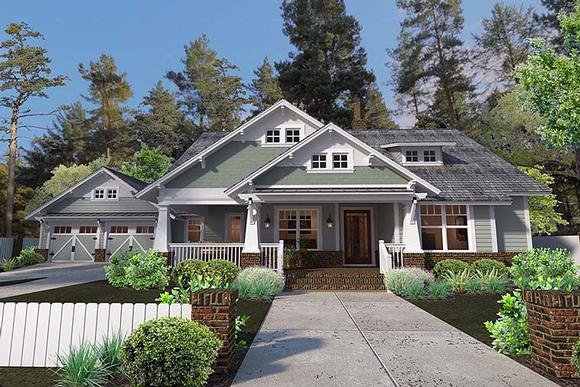When considering constructing a 1 bedroom house in rural Kenya, it’s crucial to understand this endeavour’s unique challenges and opportunities. From addressing local needs for affordable housing to leveraging the benefits of compact home designs, every decision plays a significant role in shaping the community and its future.
Understanding the Need for Affordable Housing
In rural Kenya, the demand for affordable housing is pressing. Many families struggle to find adequate shelter that fits their budget without compromising on quality. You can directly meet this urgent need by focusing on building smaller, more cost-effective homes. These homes provide a sustainable solution that enhances living standards and fosters community development.

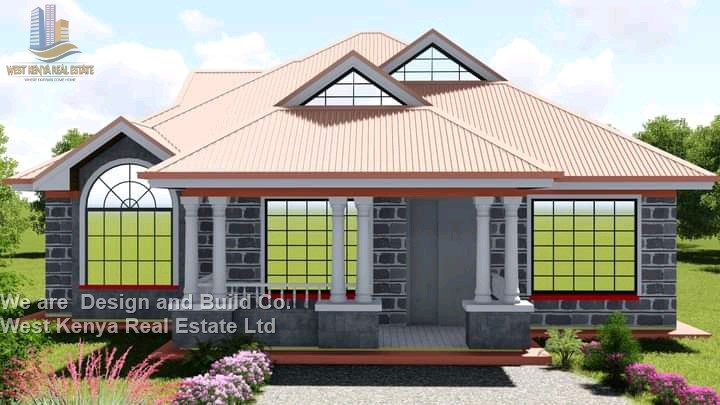
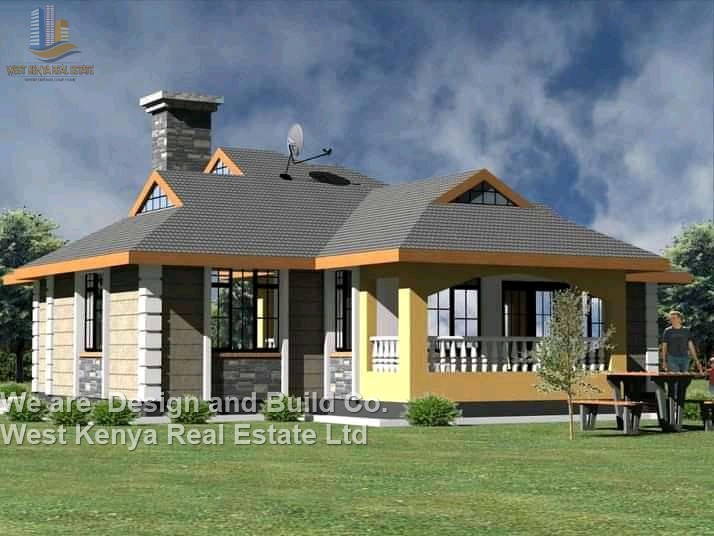
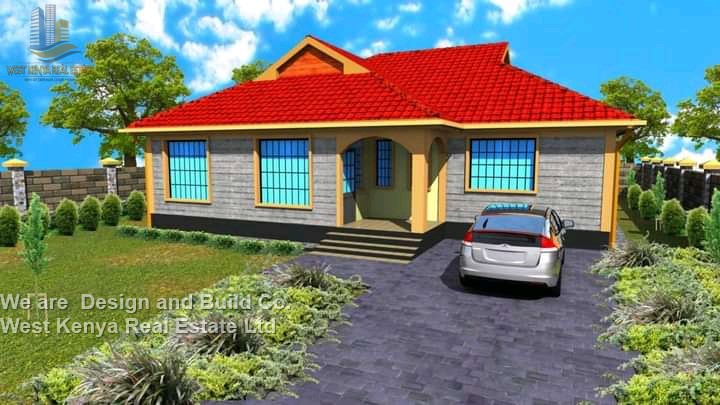
Benefits of Building Small Homes
Small homes offer numerous advantages, especially in rural settings. They are more affordable to construct and maintain, requiring fewer resources and lower ongoing costs. This financial efficiency allows for greater accessibility to homeownership, empowering individuals and families economically.
Related post: Why the Design and Build Concept is Ideal for Private Developers
Moreover, compact homes promote environmental sustainability by minimizing material use and energy consumption. They fit harmoniously into rural landscapes, preserving the natural beauty and integrity of the surroundings. Additionally, these homes can be customized to suit specific needs and preferences, ensuring comfort and functionality without excess space.
Related post: house designs in kenya and cost
By choosing to build a 1 bedroom house in rural Kenya, you’re not just creating a home; you’re contributing to a thriving community fabric. These homes foster a sense of belonging and stability, providing a foundation for growth and prosperity. Whether for personal use or investment, your decision to engage in affordable housing construction positively impacts lives and enriches the local economy.
Factors Affecting the Cost of Building in Rural Kenya
Building a structure in rural Kenya involves navigating several factors that significantly influence costs. Understanding these elements can help you plan and budget effectively for your construction project.
Local Material Costs and Availability
One of the primary considerations when building in rural Kenya is the availability and cost of materials. The remoteness of many areas can limit access to construction materials, affecting both availability and pricing. You may need to source materials from nearby towns or cities, which can add transportation costs and logistics challenges to your budget.
The prices of materials such as cement, bricks, timber, and roofing materials can vary widely depending on location and season. It’s essential to research local suppliers and compare prices to get the best deals without compromising on quality. Additionally, considering alternative building materials that are locally available and cost-effective can help mitigate expenses while supporting the local economy.
Labor Costs in Rural Areas
Labour costs constitute a significant portion of construction expenses in rural Kenya. While wages may be lower compared to urban centres, factors such as skills availability, experience level, and project duration can influence labour pricing. Skilled labour, especially for specialized tasks like roofing or plumbing, may require higher wages or travel allowances if sourced from outside the local community.
Related post: affordable house designs in kenya
Efficiency in scheduling and managing labour resources is crucial to controlling costs. You may consider employing local labourers who are familiar with the area and its specific building challenges. This not only supports the community economically but also ensures smoother project execution.
Government Regulations and Permits
Navigating government regulations and obtaining necessary permits is another critical factor affecting the cost of building in rural Kenya. Different counties or regions may have specific building codes, zoning requirements, and environmental regulations that must be adhered to. Failure to comply can lead to fines, delays, or even project shutdowns.
Understanding these regulations from the outset helps you plan for associated costs such as permit fees, inspections, and compliance documentation. Engaging with local authorities early in the planning stages can streamline the process and prevent costly surprises later on.
By addressing these factors proactively, you can better manage the overall cost of building in rural Kenya, ensuring your project stays on budget and on schedule. Each decision you make, from material choices to labour management and regulatory compliance, plays a crucial role in the success of your construction endeavour.
Cost Breakdown of Building Materials
Understanding the cost breakdown of building materials is essential when planning your construction project in rural Kenya. Each component, from foundation materials to finishing touches, contributes to the overall budget and quality of your structure.
Cost of Foundation Materials
The foundation is the backbone of any building and its cost depends on factors like the type of soil and depth required for stability. Common materials include concrete, reinforced steel bars (rebars), and gravel. In rural areas, sourcing these materials locally can help reduce costs associated with transportation. Properly investing in a solid foundation ensures the stability and longevity of your entire structure.
Related post: CUSTOMIZABLE HOUSE PLANS FOR KENYAN FAMILIES
Cost of Walling Materials
Walling materials encompass everything from bricks and blocks to timber or metal framing. In rural Kenya, fired bricks and stabilized soil blocks are popular choices due to their durability and affordability. The cost varies based on material type, quality, and quantity needed. Choosing the right walling materials not only affects the aesthetic appeal but also contributes to insulation and weather resistance.
Roofing Materials Expenses
Roofing materials play a crucial role in protecting your home from elements like rain and sun. Options range from corrugated iron sheets to clay tiles or thatch, each with its own cost implications. Factors influencing costs include material durability, weight (which affects structural requirements), and aesthetic preferences. Proper roofing ensures comfort and longevity while adding character to your building.
Cost of Finishing Materials
Finishing materials give your building its final look and functionality. This includes flooring, doors, windows, paint, and fittings like sinks and toilets. Costs can vary significantly based on material quality and design choices. Opting for locally sourced materials and simple, durable finishes can help manage costs while maintaining a high standard of living comfort.
By breaking down these material costs, you gain a clearer understanding of where your construction budget is allocated. Making informed decisions about materials ensures that your project meets both financial goals and quality standards. Whether you’re building for personal use or investment, planning meticulously and leveraging local resources can optimize your construction expenditure in rural Kenya.
Construction Process for a 1 Bedroom House
Embarking on the construction of a 1 bedroom house in rural Kenya involves a structured process that ensures efficiency and quality. Understanding the steps involved, managing your budget effectively, and deciding between hiring contractors or taking a DIY approach are crucial considerations.
Step-by-Step Building Process Overview
The building process typically begins with site preparation, including clearing and levelling the ground. Next, the foundation is laid, ensuring it’s strong and stable to support the structure. Walls are then constructed using chosen materials, followed by roofing to protect against weather elements. Once the basic structure is in place, interior and exterior finishes such as flooring, painting, and fittings are added. Finally, landscaping and site cleanup complete the project, readying the house for occupancy.
Hiring Contractors vs. DIY Approaches
Deciding whether to hire contractors or opt for a do-it-yourself approach depends on your skills, time availability, and budget. Hiring professionals ensures expertise and efficiency, especially for specialized tasks like electrical or plumbing installations. It may involve higher costs but reduces risks and ensures compliance with building regulations. Conversely, DIY projects can save money but require significant time, skills, and effort. Assess your capabilities and project scope to make an informed decision that suits your needs best.
Managing Budget During Construction
Managing your budget throughout the construction process is essential to avoid overspending and delays. Start by creating a detailed budget that includes all anticipated costs from materials to labor and permits. Regularly monitor expenses and adjust as needed to stay within financial limits. Consider sourcing materials locally to reduce costs and ensure timely availability. Communicate clearly with contractors and suppliers to avoid unexpected charges or delays. By planning meticulously and staying proactive, you can successfully navigate the financial aspects of building your 1 bedroom house in rural Kenya.
Following these guidelines ensures a smoother construction process, whether you choose to oversee the project yourself or hire professionals. Each step contributes to the overall success and satisfaction of your investment, creating a durable and comfortable home tailored to your needs.
Challenges and Solutions in Rural House Construction
Constructing a house in rural areas of Kenya presents unique challenges that require strategic solutions to ensure a successful project. From logistics hurdles to environmental considerations, understanding and addressing these issues are crucial for smooth execution.
Transportation Issues for Materials
One of the primary challenges in rural house construction is the transportation of materials. Remote locations may lack adequate infrastructure, making it difficult and costly to transport heavy materials like cement, steel, and roofing materials. You may need to plan ahead and coordinate with suppliers to arrange efficient delivery schedules. Utilizing local suppliers whenever possible can help reduce transportation costs and logistical complexities, ensuring materials arrive on time and within budget.
Access to Skilled Labor
Accessing skilled labour can be another hurdle, especially in rural areas where qualified professionals may be scarce. Hiring experienced workers for specialized tasks such as electrical wiring or plumbing installation is essential for quality construction. Consider partnering with local vocational training centres or community organizations to identify and train potential workers. Building relationships with reliable contractors who have a proven track record in rural construction can also streamline the hiring process and ensure workmanship standards are met.
Weather and Environmental Considerations
Weather and environmental factors play a significant role in rural house construction. Heavy rains or extreme heat can impact construction timelines and material durability. Implementing weather-resistant building techniques and using durable materials suited to local climate conditions can mitigate risks and ensure long-term structural integrity. Additionally, incorporating sustainable practices such as rainwater harvesting and passive solar design not only reduces environmental impact but also enhances energy efficiency and resilience against weather fluctuations.
By proactively addressing these challenges with practical solutions, you can navigate the complexities of rural house construction effectively. Whether it’s optimizing material logistics, securing skilled labour, or adapting to environmental conditions, each decision contributes to the success of your construction project. Balancing innovation with practicality ensures you create a resilient and functional home that meets your needs and enhances the local community.
Examples and Case Studies of 1 Bedroom Houses in Rural Kenya
Exploring examples and case studies of 1 bedroom houses in rural Kenya provides valuable insights into successful projects and lessons learned that can inform your own construction endeavours.
Case Study 1: [Specific Example]
In [Specific Area], a community-driven initiative led to the construction of several 1 bedroom houses using locally sourced materials and skilled labour. By collaborating with nearby suppliers for materials like stabilized soil blocks and roofing materials, the project minimized transportation costs and supported the local economy. The houses were designed with simple yet functional layouts, focusing on energy efficiency and durability suited to the local climate. Through careful planning and community involvement, the project not only provided affordable housing but also fostered a sense of ownership and pride among residents.
Case Study 2: [Specific Example]
In [Another Specific Area], a nonprofit organization partnered with local artisans and volunteers to build sustainable 1 bedroom houses for families in need. The project emphasized eco-friendly construction practices, such as using bamboo for framing and recycled materials for insulation. By integrating rainwater harvesting systems and solar panels, the houses achieved self-sufficiency in water and energy. This holistic approach not only reduced environmental impact but also empowered residents with lower utility costs and improved living conditions. The project’s success was attributed to community engagement, innovative design solutions, and a commitment to long-term sustainability.
Lessons Learned from Successful Projects
From these case studies, several key lessons emerge for successful 1 bedroom house projects in rural Kenya. First, leveraging local resources and expertise helps reduce costs and build community support. Second, prioritizing sustainability through efficient design and renewable energy solutions enhances long-term viability and resilience. Third, fostering partnerships with local organizations and government entities streamline regulatory processes and expands project impact. By adopting these lessons, you can optimize your approach to rural house construction, creating homes that are affordable, environmentally friendly, and socially beneficial.
Studying these examples not only inspires innovation but also provides practical strategies for overcoming challenges and maximizing the positive impact of your construction projects in rural Kenya. Each project demonstrates the potential to create sustainable housing solutions that improve the quality of life and contribute to vibrant, resilient communities.
Conclusion
As you conclude your exploration into rural house construction in Kenya, it’s essential to reflect on the key considerations of affordability and sustainability that shape successful projects.
Final Thoughts on Affordability and Sustainability
Building affordable and sustainable houses in rural Kenya requires a strategic approach. By leveraging local resources, such as materials and labour, you can reduce costs and support the local economy. This not only makes housing more accessible to communities but also fosters a sense of ownership and pride. Sustainability goes hand in hand with affordability. Incorporating eco-friendly practices, like using renewable energy sources and designing for energy efficiency, not only lowers operating costs but also minimizes environmental impact.
In conclusion, by prioritizing affordability and sustainability in rural house construction, you not only create opportunities for economic growth but also contribute to the resilience and well-being of communities. Each decision made—from material choices to construction methods—shapes the future landscape of rural housing in Kenya, promoting a sustainable path forward for generations.


